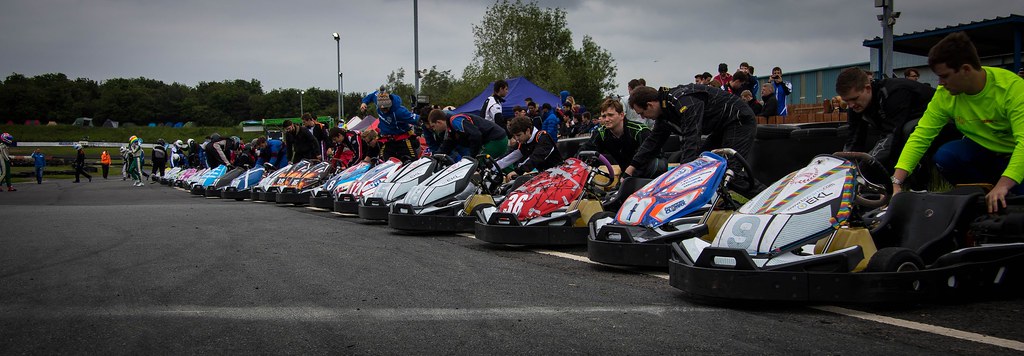One and a half million people watch each Formula One race, and that number is growing. Be it the raw power of the machinery, the intricacy of the engineering, or just the heated drama, Formula One has plenty to offer. In the UK, the sport’s appeal has risen with national stars like Lewis Hamilton, George Russell, and Lando Norris. And Netflix’s popular Drive to Survive series has given those who have never engaged with the sport a new and easy route into its complexity. As polished and fantastic as Formula One may look on the screen, though, there’s another story taking place behind the scenes.
If you examine the current Formula One grid, it is a hotspot of nepotism. Drivers whose dads either own the teams they drive for or give millions in sponsorship to their teams. Drivers who come from a family of steel tycoons or racing giants. Only one driver is a person of colour, and only six were born outside Europe. But it’s not just at the highest level that motor racing has a problem. The high cost of participation—the price of karts, spare parts, helmets, and transport—introduces discrimination from the outset. “I think if I had to start if I was seven again today, I’m not sure I would make it,” said fourtime world champion Sebastian Vettel last year, “just because you need to have the financial backing at a very, very early age.”

